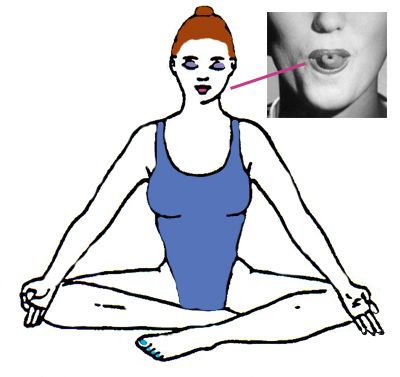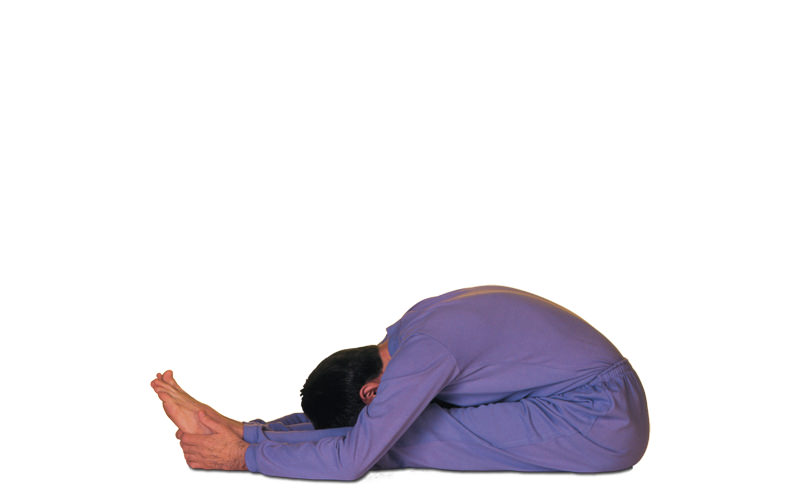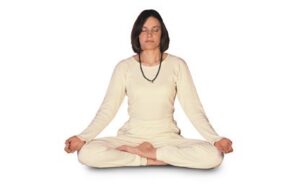Discover the transformative benefits of practicing yoga in this comprehensive article. From the history and origins of yoga to the physical and mental benefits of various yoga poses, this guide will provide you with everything you need to know to start your own yoga practice:-
What is Yoga?
Yoga is a physical, mental, and spiritual practice that originated in ancient India. The word “yoga” comes from the Sanskrit word “yuj,” which means to yoke or unite, referring to the union of mind, body, and spirit.
A Brief History of Yoga
The origins of yoga date back over 5,000 years, and the practice has evolved over time to include various techniques and styles. In the modern era, yoga has become a popular form of exercise and mindfulness practice.
The Physical Benefits of Yoga
Yoga can improve flexibility, strength, balance, and posture, and can also alleviate pain and reduce the risk of injury. Additionally, yoga can help lower blood pressure and improve cardiovascular health.
The Mental Benefits of Yoga
Yoga is known for its ability to reduce stress and anxiety, improve mood and mental clarity, and promote overall emotional well-being. Regular yoga practice has also been linked to improved sleep and a stronger immune system.
Yoga Benefits
The benefits of yoga are numerous, and research has shown that regular yoga practice can lead to:-
- Reduced stress and anxiety
- Improved flexibility and balance
- Increased strength and muscle tone
- Enhanced breathing and lung capacity
- Better sleep quality
- Lower blood pressure and cholesterol levels
- Improved immune function
- Reduced inflammation and pain
- Different Types of Yoga
Different Types of Yoga ?
There are several types of yoga, each with its own unique characteristics and benefits. Some of the most popular types of yoga include:-
- Hatha yoga:- A gentle and slow-paced style of yoga that focuses on basic poses and breathing techniques.
- Vinyasa yoga:- A more dynamic style of yoga that links movement with breath and is often practiced in a heated room.
- Ashtanga yoga:- A physically demanding style of yoga that involves a set sequence of poses.
- Bikram yoga: A style of yoga practiced in a heated room with a set sequence of 26 poses.
- Restorative yoga:- A gentle and relaxing style of yoga that involves long holds in supported poses, aimed at reducing stress and promoting relaxation.
How to Get Started with Yoga ?
Starting a yoga practice can be intimidating, but it’s important to remember that yoga is a personal journey, and there’s no right or wrong way to practice. Consider attending a class or finding a beginner’s guide to help you get started.
Tips for a Successful Yoga Practice
To get the most out of your yoga practice, it’s important to find a routine that works for you and to stay committed to your practice. Consider setting specific goals, finding a yoga community, and being patient with yourself as you learn and grow.
Yoga General safety precautions to keep in mind when practicing yoga:-
- Consult with a healthcare provider before starting yoga if you have any medical conditions or injuries.
- Listen to your body and respect its limitations. Don’t push yourself beyond what feels comfortable.
- Use props (such as blocks, blankets, and straps) to modify poses as needed.
- Warm up before practicing yoga, especially if you’re doing more challenging poses.
- Practice on a non-slip surface to reduce the risk of slipping or falling.
- Wear comfortable, non-restrictive clothing that allows you to move freely.
- Stay hydrated before, during, and after your practice.
- Don’t eat a heavy meal right before practicing yoga. It’s best to practice on an empty stomach or have a light snack at least 30 minutes before.
- Avoid practicing yoga in extreme temperatures, such as in a hot room or outside in extreme heat or cold.
- Always follow proper alignment and form to avoid injuries.
Remember that yoga is a practice that requires mindfulness and patience. By taking these precautions, you can help ensure a safe and enjoyable practice.
SOME OF THE POSES OF YOGA-


No, you don’t need to be flexible to practice yoga. Yoga is a practice that helps you improve your flexibility over time.
Wear comfortable, breathable, and non-restrictive clothing that allows you to move freely.
Yes, yoga is suitable for all ages, from children to seniors. However, it’s important to consult with your healthcare provider before starting yoga if you have any medical conditions or injuries.
It’s recommended to practice yoga at least 2-3 times per week to experience its benefits. However, you can practice yoga as often as you like, depending on your schedule and preferences.
While yoga is not a high-intensity exercise, it can help with weight loss by reducing stress, promoting mindfulness, and improving overall fitness.
In conclusion, It is a practice that offers numerous benefits for physical, mental, and emotional well-being. With the different types of yoga available, there is a style suitable for everyone. By following the frequently asked questions, you can have a safe and enjoyable yoga practice.

Explained so well , very informative
Thanks for sharing. I read many of your blog posts, cool, your blog is very good.
Thank you for the kind words! I’m glad you enjoyed the content. Looking forward to delivering more in the future. Also, feel free to check out my other website, Mindful Insurance Claim, for more valuable information and guides on insurance and claims.